Why won't my Bosch dishwasher drain and what should I do?
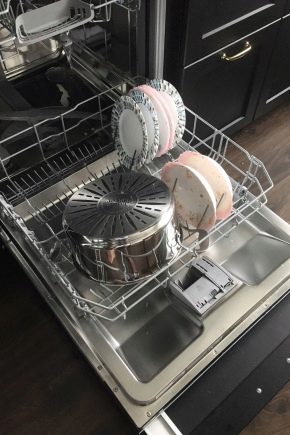
No matter how high the quality and reliability of the equipment used in everyday life, no one is insured against breakdowns. Most often they appear unexpectedly. No need to panic - any equipment malfunctions. In this post, we will address the following problem: Bosch dishwasher (PMM) does not drain water. What is the cause of this problem and what should I do?
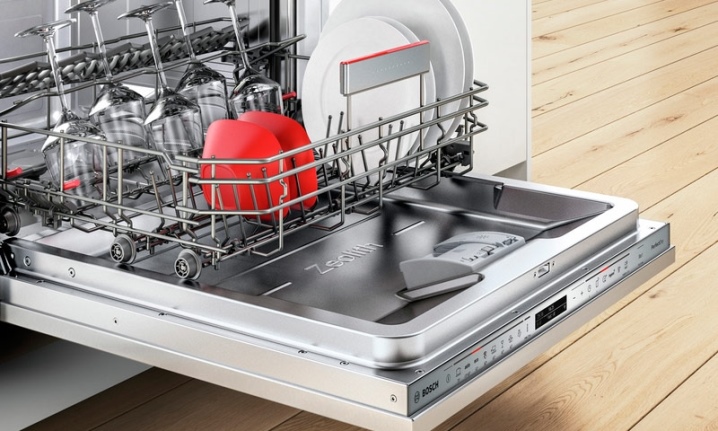
Main reasons
This may be due to:
- food leftovers and other debris clogged the drain filter;
- sewer blockage;
- the drain hose is pinched or clogged;
- the drain pump (pump) is clogged or broken;
- pressure switch (flow sensor) gives incorrect information;
- breakdown of the software control unit.
Thus, there may be a lot of factors, as a result of which water does not leave the Bosch dishwasher or equipment of another brand.
To eliminate the problem, you need to start by detecting blockages in the system.
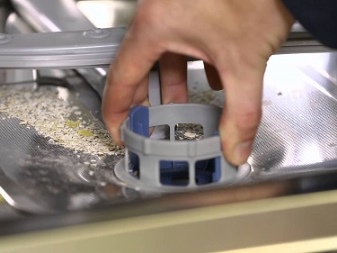
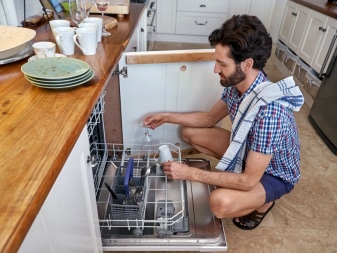
Trouble-shooting
All memos on the use of PMM indicate that one should not ignore the elementary rule - remove food waste from the dishes before loading them into the chamber. Waste is a major source of drain problems.
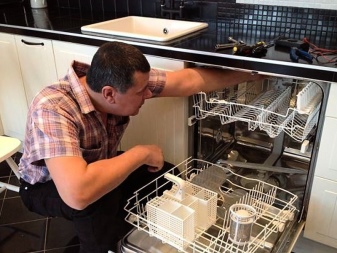
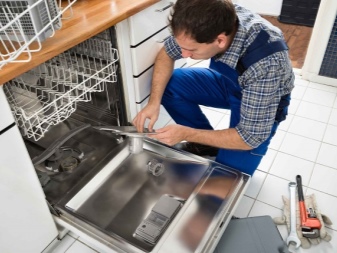
Cleaning the filtration system
Complications with the drain can be arranged by an ordinary bone that has jammed the drain cleaning filter, which is located at the bottom of the device. You need to get it out, clean it and put it back in place.
We clean the dishwasher filter.
- We open the door and take out all the baskets.
- We unscrew the cover of the filter installed at the bottom of the working chamber.
- We remove the filter and mesh.
- We wash both components. If it does not come out to do it right under the tap water, you can use a soft brush, toothpick and detergents.
- We unscrew the cover of the drain pump and examine this area for the presence of debris. Attention! There may be not only food waste, but also particles of broken dishes.
- After all the steps, we close the pump, install the filter in place.
- Checking the unit
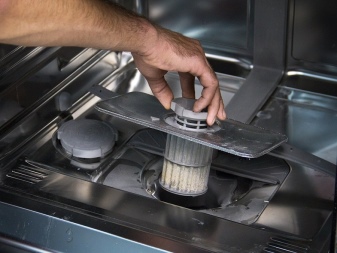
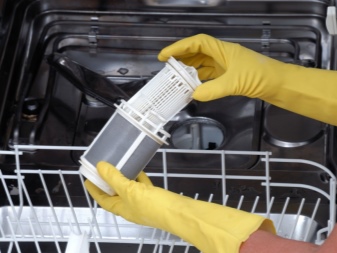
Clogged sewer
If, when you disconnect the drain hose, water runs out of it, the dishwasher is in good working order, and the problems lie in the drainpipe. Sources of blockage: food debris washed off from kitchen utensils, grease, rusty pipes, impurities in water. Small debris can be removed by pouring ordinary boiling water into the sewer.
Several effective methods for cleaning sewers.
- Soda plus salt. Dilute soda and salt in 200 mg of hot water, pour it into the drainpipe, wait 10 minutes. and rinse with a stream of running water.
- Vacuum cleaner with blowing function. If there is such a unit in the house, we wrap its tube with a rag and put it in the sewer hole, turn it on. The method is suitable for light blockages.
- Ventuz. We use a plunger if it matches the diameter of the hole.
- Steel cable. We break through the sewer with a specialized cable and spill the pipe with running water. It is risky to use this method for PVC pipes.
- Soda plus acetic acid. Pour a glass of soda into the drainpipe and pour 200 mg of vinegar, cover the hole.
Chemicals from the store can also be used to dissolve the contamination.
Attention! Remember about personal protective equipment for hands and general precautions when using products - they can harm the skin and health.
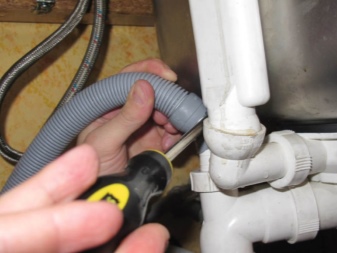
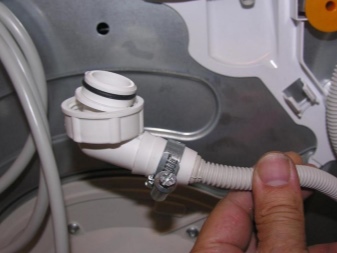
The drain hose is squashed or clogged
Squeezing the drain hose is a simple, but not the most common problem. See how it sits. It is likely that the part is bent or crushed by some object. A blockage may form in the crushed area. It will also be useful to squeeze all the flexible pipes to make the mud thinner.
Dismantle the hose and clean it.
- Disconnect the PMM from the mains.
- Remove the panel at the bottom under the door by unscrewing the screws.
- Detach the hose from the downpipe with the clamp removal pliers.
- Lower one end of the hose into a container and turn on the drain. If water runs out of it, the siphon or sewage system is clogged. When there is no water, the reason lies in the machine itself.
- Knock dirt out of the hose.
- Run a strong pressure of water through the hose. The jet will blow out the remaining dirt.
You can pierce the hose with a long wire, but you must act carefully. In order not to spoil the hose itself, it is better to round off the end of the wire.
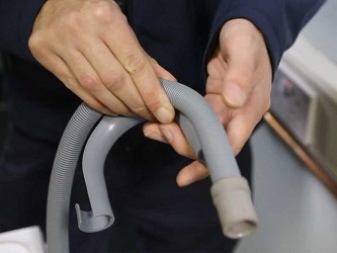

Cleaning the pump
If the PMM is designed in such a way that you can dismantle the pump on your own, it is advisable to clean it. Carefully remove the device, first unscrewing all the fasteners, eliminate the blockage.
Then, the ease of rotation of the inner impeller should be checked. You do not need to do this with your hands, use objects such as a pencil, a wooden stick, so as not to injure your hands on possible pieces of broken dishes.
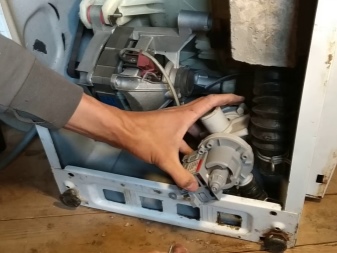
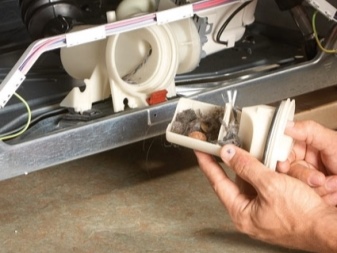
Broken pump
It is not difficult to establish a malfunction of the device - when the water starts to drain, a working pump makes a typical sound. Silence is a sign of a problem.
How to get to the pump.
- Manually or by tilting the unit forward, we remove water from it.
- We extract the filter.
- We put the machine on the back wall to dismantle the pallet, which is fixed with self-tapping screws.
- We turn off the pump itself, dismantle the hoses.
- We check the rotation of the pump wheel. The lack of intermittent rotation is an obvious symptom of the need to replace the device.
- We look at the characteristics of the resistance by connecting the ammeter probes to the contacts on the pump. Standard specifications - range within 200 ohms.
- Change the gasket or use a heat resistant silicone based sealant when reassembling the pump body. Also inspect the wiring to the pump. If the wiring is also good, the pump will need to be changed.
This element is, in fact, non-repairable. There are times that you can limit yourself to removing dirt or lubricating the impeller. Install the new pump in the reverse order of dismantling.

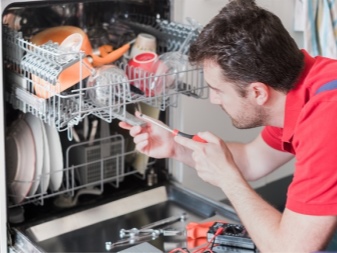
The pressure switch does not work
If the flow sensor breaks down, water flows into the sump and stands there. The malfunction can also be hidden in the water supply tank or in the branch pipe connected to the pressure switch. Causes of breakdowns: physical wear of the element, oxidation of contacts, malfunction of some elements (the nozzle is clogged or a hole in it).
To get to the sensor, you need to disconnect the machine from all networks, lay rags on the floor, put the PMM on its side. There are modifications where it is required to dismantle the cover on the back wall or bottom.
Now we need to find the pressure switch, from it there is a branch pipe to the water tank, fixed with 2 bolts. Then we dismantle the tube and the container itself with pliers.
We examine this element for clogging, clean it. The serviceability of the sensor can be checked by blowing into the tube - a serviceable device will click after 2 seconds.
Besides, it is worth checking the electrical conductivity of the device with an avometer. When the resistance gradually drops to the zero mark, the pressure switch is working properly.
A defective sensor cannot be repaired - after disassembly, it cannot be reassembled; therefore, it must be replaced with a branded device purchased from a distributor of the brand.


Failure of the control unit
This element is the "brain" of the entire unit, which controls all operations. Basically, the unit is not being repaired. There are few specialists who are ready to find burned-out elements on the board and replace them with new ones.
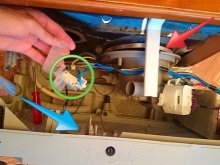
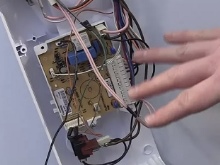
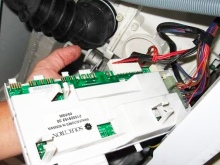
Prevention measures
Preventive measures include:
- the use of good detergents for cleaning dishes, without chemicals;
- the use of specialized steel to prevent rust formation;
- removal of all food waste before loading the dishes;
- it is undesirable to load dishes with heavy carbon deposits (soak first);
- Regular cleaning of the filter with soap and water to prevent heavy contamination.
These methods will make it possible to use PMM for many years without any problems.
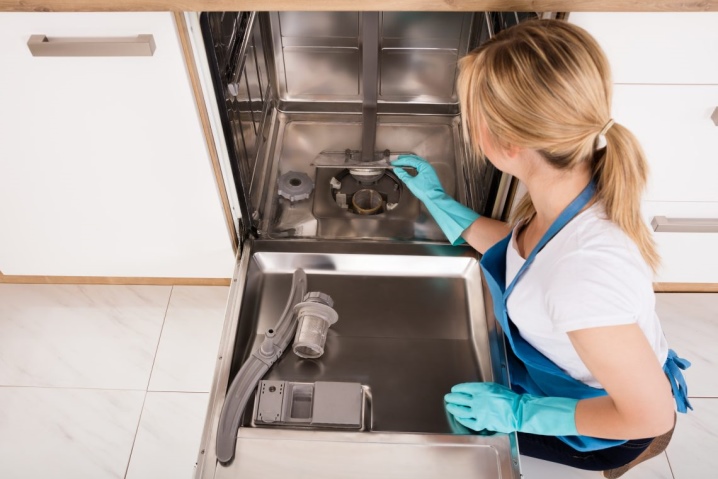
You can find out more information in the video below.













The comment was sent successfully.